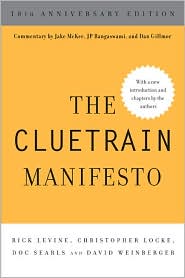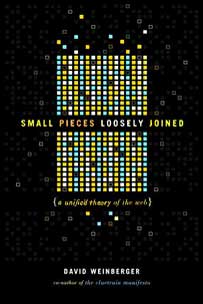March 31, 2009
[f2c] Kevin Werbach and Dan Gillmor
[Note: Live blogging with all the suckiness and unreliability that that entails] Kevin Werbach was co-chair of the Obama FCC transition team, among many other things. Dan Gillmor is interviewing him:
Q: What does a transition team do?
A: You get to participate in a quasi-hostile takeover of a $14T organization. We reviewed the FCC to find out what was going on.
Q: What was going on at the FCC?
A: It’s no one thing. Commissioner Martin ran the agency in a closed, politicized way. He was very distrustful of the staff.
Q: What was broken?
A: I can’t discuss details.
Q: What would you do if you were Chairman?
A: If I told you, I’d ensure I could never have that job. The real opportunity for the FCC is to get ahead of the curve. What will the world be like in 20 years? What will be requirements of the iPhone in 20 years?
Q: Are we going to get to lots more open spectrum?
A: Chairman Powell was thinking about the future of spectrum. That got shoved aside by Martin.
Q: How real is this change, then? Will we see deep change?
A: There will be tremendous change. But people on the outside should keep pushing the Administration to do better. It really matters who wins the election.
Q: What some things that could be done that couldn’t be reversed?
A: Successes are the things that are hard to reverse. The telcos understand that they need to evolve to something else.
Dan opens up the Q&A to the audience.
[harold feld] What’s achievable with spectrum policy with this Admin?
A: NTIA just got its head, so it’s early. The FCC and NTIA need to coordinate. We need to know how spectrum is being used. Do an inventory.
Q: Can you start blogging again…?
A: I’d love to, but it takes too much time. So I’ve started tweeting ([email protected])
Q: Smart grids. What’s going on between the FCC and other bodies in trying to set new standards?
A: I don’t know what’s going on in that, but it’s important. I have a law review article coming out that argues that standards are a form of regulation.
Kevin asks Dan: What would you do as FCC Chair.
A: Resign.








